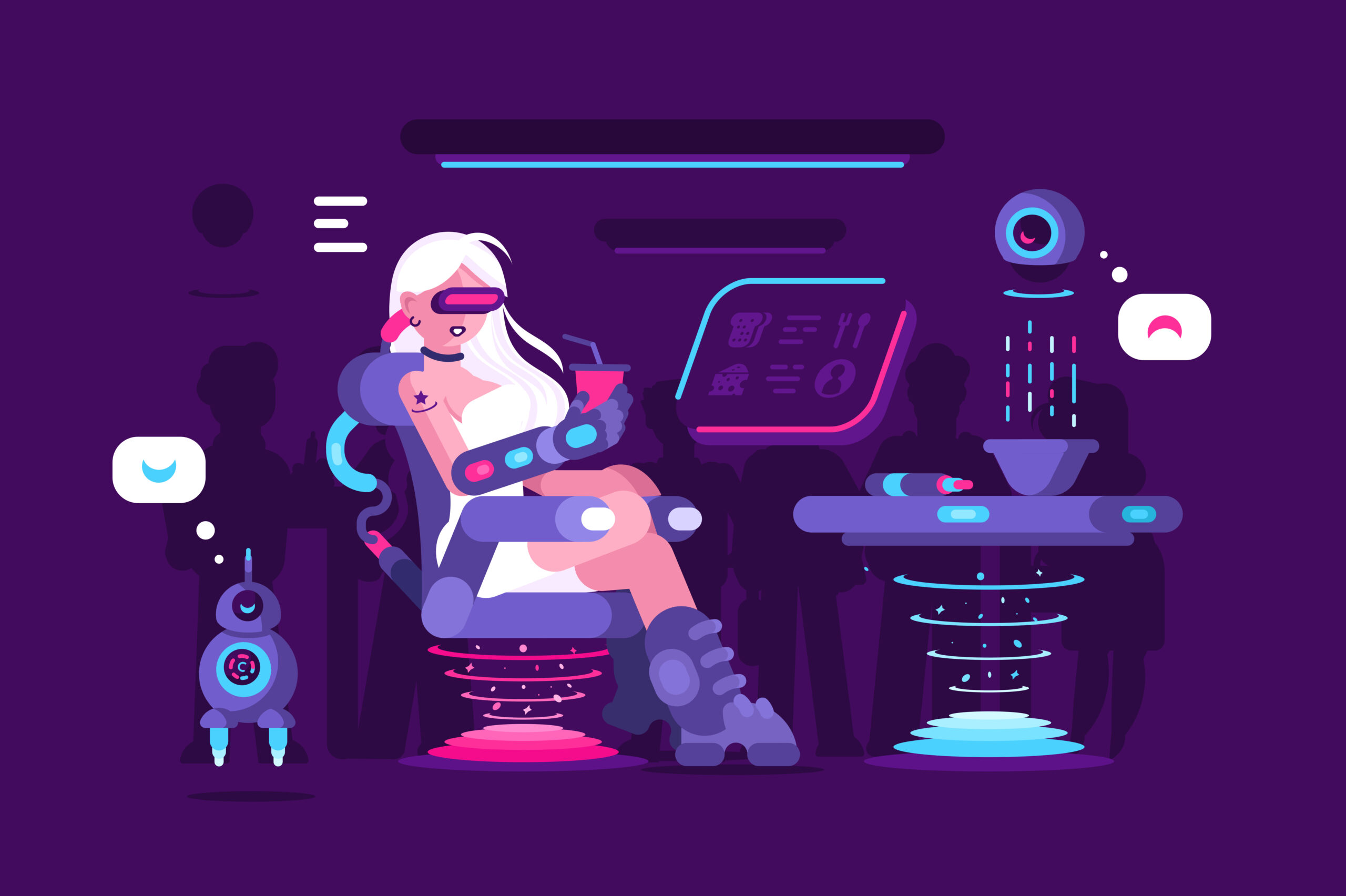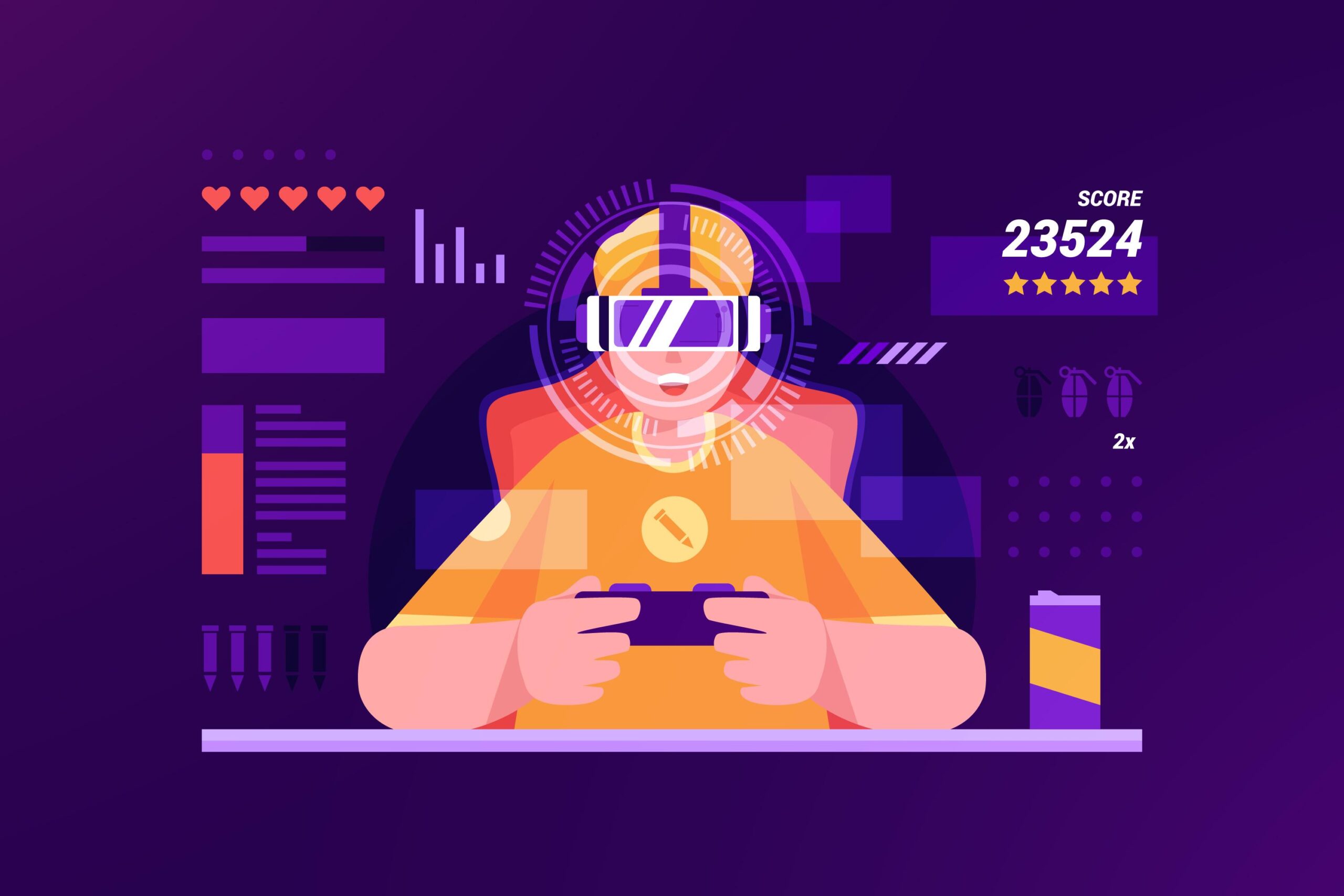When it comes to mobile gaming, the quest to attract players is just the beginning. The true challenge lies in retaining and transforming them into loyal users. This is where comprehending the psychology behind user retention becomes crucial.
Within this article, we will delve deep into the intricacies of patterns, triggers, and strategies that hold the key to enhancing user retention.
Why user retention is essential
While the initial excitement and financial boost of attracting new users to your game are undeniable, the true economic benefits lie in retaining them for the long term. Sustained engagement translates into a consistent revenue stream. Whether it’s through in-app purchases, advertising, premium subscriptions, or a combination of these, retained users have the potential to generate more revenue throughout their lifetime compared to one-time users.
This is precisely why industry leaders are heavily investing in unraveling the psychology behind user retention. It goes beyond simply creating an interesting game; it involves incorporating science-backed triggers and behavioral tactics into its design.
Retention models
Gaining insight into the reasons why users choose to stay can transform your game from a passing fad into a lasting triumph. There are several models that have been specifically designed to comprehend the psychology behind user retention. These models serve as valuable tools to inform the development and fine-tuning of a mobile game.
The hook model
This Nir Eyal’s model outlines a four-component cycle:
- Trigger. This component serves as a catalyst, prompting users to take action. In the context of games, triggers can be push-notifications or captivating challenges that entice players to engage with the game.
- Action. The desired response or action that you want users to take, such as opening the app or completing a level. This step is essential for progressing the user through the engagement cycle.
- Variable Reward. This introduces an element of unpredictability by offering users varying rewards (e.g., a box of random items or a roulette wheel with bonuses). The unpredictability of the rewards keeps users engaged and motivated to continue playing.
- Investment. Users invest their time and effort into the game, which establishes the foundation for future triggers and actions. The more time and effort a user invests, the more likely they are to continue engaging with the game and experiencing its rewards.
The Fogg behavior model
B.J. Fogg’s model emphasizes the convergence of three key elements for behavior to occur:
- Motivation. This element represents the desire or drive to perform a specific action. In the context of gaming, motivation can stem from the desire to achieve a high score or surpass previous achievements. It serves as a powerful force that compels players to continue engaging with the game.
- Ability. Ability refers to the ease with which users can perform the desired action. If a game is too challenging or complex, it can hinder user retention. On the other hand, if the game is intuitive and offers a smooth user experience, it enhances the user’s ability to engage with the game and increases the likelihood of retention.
- Triggers. Triggers, similar to the concept in the hook model, are the stimuli that prompt users to take action. However, in Fogg’s behavior model, triggers are most effective when both motivation and ability are high. When users are highly motivated and find the desired action easy to perform, triggers can effectively nudge them towards engagement and retention.
User retention triggers
Having explored the scientific foundations of user retention, let’s now shift our attention to the psychological triggers that have the potential to boost player retention:
Instant satisfaction
In our modern society, waiting is often seen as an inconvenience. By providing instant gratification in the form of immediate rewards, you can tap into the power of dopamine and reinforce players’ actions. For instance, offering instant bonuses for completing daily tasks can significantly enhance users’ motivation to return to the game on a daily basis.
FOMO
The fear of missing out on the game can be a powerful motivator for players. By incorporating time-limited events, special characters, or exclusive in-game items, you can create a sense of urgency and excitement. FOMO on these rare opportunities drives players to continue playing the game in order to take full advantage of these limited-time features.
Social validation
This is a potent psychological trigger which stems from humans’ innate social nature. This trigger, particularly impactful for younger players, can be harnessed by incorporating social features within a game:
- In-game chat. Allowing players to communicate with each other within the game fosters social connections and encourages collaboration.
- Push-notifications. Sending notifications to users when they are mentioned or challenged by other players creates a sense of urgency and encourages active participation.
- Personalized activity feed. Providing players with a feed that showcases their friends’ activities and achievements adds a social element and encourages competition.
- Like button. Allowing players to express appreciation for others’ accomplishments through a like button reinforces positive social interactions and encourages engagement.
- Communities. Creating communities or guilds within the game enables players to connect with like-minded individuals, fostering a sense of belonging and camaraderie.
- User profile. Providing players with a customizable user profile allows them to showcase their progress, achievements, and personal preferences, enhancing their sense of identity within the game community.
- Donated items. Implementing a system where players can donate items to each other fosters a sense of generosity and community support.
Conclusion
The science of player engagement and the implementation of effective retention strategies are essential for the long-term success of mobile games. While attracting new players is important, retaining and transforming them into loyal users is where the true economic benefits lie.
Retained users have the potential to generate consistent revenue through various monetization methods. By understanding the psychology behind user retention and incorporating science-backed triggers and behavioral tactics into game design, you can create engaging experiences that motivate and empower players to continue engaging with the game.
If you want to reach new GEOs and audiences, maybe it is all waiting for you on Telegram? We’ve prepared some material about Telegram audiences. What are the messenger’s users like this year? How old they are, what they do, and what they are interested in!








